Considering that I hadn’t yet braved a Peruvian bus journey since I landed in Lima almost 2 weeks ago, I thought I’d ease myself into the experience of travelling along Peru’s precarious mountain roads by breaking up the 8-hour journey to Chachapoyas. Moyobamba was an easy 2-hour run from Tarapoto, and there was an orchid centre and hot springs there, which would easily be enough to occupy us for an afternoon. La Casa de Seizo, although some 4 or 5 kilometres out of Moyobamba itself, was in walking distance of these two attractions, and had rave reviews in our guidebook, so that’s where we asked the mototaxi driver to take us when we arrived in Moyobamba.
Things started getting interesting when he turned off the main road and then proceeded to drive up what couldn’t be described as more than a rocky, uneven, mud track – not the kind of terrain that mototaxis are especially suited to. As we continued along the track, past some disused, pastel coloured bungalows, I began to wonder whether the poor mototaxi was going to make it all the way, wherever all the way was.
I contemplated attempting to tell the driver that we’d get out and walk the rest of the way, but whilst I was busy composing the sentence in Spanish in my head, we turned another corner and the grounds of La Casa de Seizo began to come into view. Built around a large pond backed by tall trees and surrounded by interesting plants and colourful flowers, La Casa de Seizo held a peaceful, idyllic setting that I was very much looking forward to spending the next 24 hours in. At the time, I thought that’s all it would be.
Knowing that there weren’t many rooms at La Casa de Seizo, Stu waited with our backpacks and stalled the mototaxi driver (in case we needed a ride back into Moyobamba itself) whilst I went in search of the owners of the establishment to check their availability. A smiley, slightly-built Vietnamese lady appeared and confirmed that yes she did have “una habitación para esta noche.” I gave Stu the thumbs up.
The Vietnamese lady didn’t speak a word of English, and she could see I was struggling to understand her, so having given us the key and showed us to our room (which overlooked the pond at the front of the house), she informed us that she had an American friend, and invited us into the kitchen to meet him.
With a loose fitting long-sleeved linen shirt, cotton trousers, flip flops, grey hair which was tied into a plait that reached almost down to his waist, and a southern American drawl, Richard instantly helped to bridge the gap between us and Seizo and his wife. He explained to us that Seizo and his wife were excellent cooks, and – should we wish them to – they would happily provide meals for us throughout our stay, based upon our own dietary requirements (Richard and his wife Susan were Vegans), and utilising primarily ingredients grown within the grounds, including Tilapia fresh from their pond. Already I was sold, and without hesitation we agreed to dinner later that day.
Richard then offered to show us around the place. He and Susan live in a small house within the grounds, but away from the main house where the guest accommodation is provided. Many of the unusual plants and flowers Richard introduced us to were his own that he’d brought into the country or cultivated from scratch (including a Durian (that horrible smelly fruit that is a delicacy in a lot of Asian countries) sapling)). So many fruit, flower, plant and tree names were dropped into the conversation that I struggle to remember them individually. However the green spiky object below is actually a fruit, and as well as expertly selling its health benefits to us, Richard gave us a glass of its juice to sample, which was delicious and like no other fruit juice I’ve ever tried before.
So, rather than heading off to explore the orchid centre and hot springs, we spent our first afternoon in Moyobamba marvelling at and learning about a myriad of living organisms that I’d never heard of before. And you know what, I really enjoyed it.
That evening we sat down to a gorgeous dinner of Tilapia cooked in a delicious soy, ginger and garlic sauce and served on a fish-shaped plate (it’s the little things like that which make me smile), and vowed to visit the orchid centre and hot springs early in the morning with a bid to catching the bus to Chachapoyas around lunchtime.
However by breakfast time, we’d changed our plans again...
We were invited into the kitchen to join Seizo and his wife on the long rustic wooden dining table, along with Juan and Rocio (Peruvian friends of Seizo’s, who spoke excellent English), a German girl whose name I didn’t catch, Carolyn (an English girl from Brixton, London, who’s worked extensively in South America, is fluent in Spanish, and is friends with Juan and Rocio), a young Costa Rican girl (who was also friends with Juan and Rocio), Richard and Susan, and the two resident cats (one of whom insisted on warming the chair up for you before you sat down). Immediately we were made to feel incredibly welcome by everyone present, the food was shared generously around the table, and these people whom we’d only just met showed a genuine interest in our lives, passions, beliefs, and ambitions.
Before we knew it, we had willingly and enthusiastically accepted Juan and Rocio’s kind offer to join them on a trip over to an area of land which they’d bought a few years ago, and in which they were cultivating a vast array of trees (including fruit trees such as banana, papaya, mango, and dragon fruit), plants and flowers. We had a quick tour around (in which I giggled at Stu’s ‘discovery’ that pineapples don’t grow on trees; a fact that most of us learn in school – or so I thought!), before heading over to a nursery in a nearby town to collect some more saplings for the project.
I felt very privileged when Juan and Rocio asked if we’d like to choose a sapling each, which we would later plant, as a symbol of our contribution, and of their thanks. I chose a Cupuaçu, a tropical rainforest tree related to cacao, which can grow up to 20 metres tall. The white pulp of the Cupuaçu fruit is used in smoothies (which are apparently readily available throughout Peru), and also in body lotions (as it’s extremely hydrating and similar to cocoa butter.)
So back at their plot of land, we found a suitable spot for our Cupuaçu plants, I used post hole calliper the as best I could to make a deep enough hole in the moist clay-like soil, and subsequently lowered the Cupuaçu down inside it. However small my contribution may have been, it felt good to be part of something so much bigger, and to be giving something back to the land.
The next task was reserved for the men amongst us (mind you, I wouldn’t trust myself with a machete either), so Stu was called upon to liberate some ripened bananas from the tree, which we would then take back to Seizo’s with us later. Stu was surprised at just how flexible the machete was and just how much sap bled out of the tree as he cut it, but with a large bunch of successfully liberated bananas, which we hauled into the boot of Juan’s car, we all returned to La Casa de Seizo, feeling accomplished but tired, and in need of a wash!
It was therefore a fairly unanimous decision that we would spend the afternoon relaxing at The Baños Termales de San Mateo (hot springs), which are located literally minutes from La Casa de Seizo. It was wonderfully quiet when we visited, so for the most part Juan, Rocia, Carolyn, Stu, and I had the pools (which are heated up to a beautifully warm 40 degrees) to ourselves, which gave us the opportunity to talk amongst ourselves and get to know each other better.
That evening we enjoyed another lovely dinner with Seizo and his extended family of friends. Mealtimes here were not just about abating your hunger and savouring a beautiful mix of flavours; it was an important social occasion too. Fortunately for us, having 3 native English-speakers present who also spoke fluent Spanish, meant that Stu and I were all able to communicate – via Carolyn, Richard or Susan – with Seizo and his wife (who’s name I did not make a note of, and which now unfortunately eludes me), and we communicated with Juan and Rocio in English with the odd bit of Spanish thrown in where we felt we were able. We spoke about our families, our projects of employment, about travel and future plans, about languages and the difficulties faced when learning them, about the gender and sexuality issues that the country is facing, and about the psychology of physical ailments and disease, and the power of the mind. Yes we discussed a huge range of potentially controversial topics and issues, but the beauty was that everyone listened to what each other had to say on the matter, absorbed the information, carefully considered it, offered thoughtful responses, and asked valid and interesting questions.
They all shared wine and coffee with us, we shared our cane liquor with them (unfortunately we didn’t have anything less potent to offer but I think they appreciated it all the same) and we chatted into the very late hours of the evening. When we eventually retired to bed that night, I considered what a surreal but truly amazing couple of days it had been. We’d turned up simply as paying guests, initially wanting a room for only one night, yet they’d welcomed us with open arms, and treated us like family right from the outset. Now I realise that we would not have had quite the same experience had Juan, Rocio and Carolyn not been present, but even with the language barrier I could tell what a kind, helpful, and accommodating couple Seizo and his wife were.
At breakfast the next morning, Seizo’s wife broke the news to us – through Susan – that, much as she would love us to stay another night and for as long as we wanted, she had a booking for our room. A family member (whether this was a blood relative, a relative by law, or an extended family member or good friend, I don’t know) was having a difficult pregnancy and needed to be around people who could care for her, in a tranquil and non-stressful environment. Who was I to argue? Her need was much greater than ours. But this wasn’t simply a case of thank you and goodbye. Seizo’s wife rang one of her contacts in Moyobamba itself and secured us a plush hotel room for the night at a fraction of the cost we would have otherwise paid. She also rang a hostel in Chachapoyas and booked a room for us in advance (I’d forgotten what a big deal Easter is over here, and we’d be arriving in Chachapoyas during the Semana Santa celebrations just before Easter) and also arranged for a mototaxi driver (another one of their friends) to drive us to the bus station in Moyobamba, organise our ticket for us to Chachapoyas the next day, and deliver us back to Seizo’s – all for a cost of just 5 soles (£1.07)
There are times when I’m touched by the kindness of strangers, but this time I was completely blown away by it. When we finally left, we received genuine heart-felt hugs from everyone, we exchanged contact details, vowed to keep in touch, and left feeling a little twinge of sadness that this amazing experience had been an all too fleeting one.
Practical Info
- La Casa de Seizo (still known to a lot of mototaxi drivers as its original name, Hospedaje Rumipata) can be found at the end of Carretera a Los Baños Termales de San Mateo and is about 5 kilometres from Moyobamba.
- A large matrimonial room with private bathroom (these are generally cheaper than doubles) costs 80 soles (£17.13) per room, per night.
- All meals are optional (but I would thoroughly recommend them). Breakfast and lunch cost 10 soles (£2.14) each, and dinner costs 20 soles (£4.28)
- There are only 9 rooms, some of which are often occupied by visiting family or friends, so I’d advise booking ahead (we were lucky). Their email address is rumipata@hotmail.com
- Don’t expect the wifi that the Lonely Planet promise in their guidebook. This ‘wifi’ involves connecting via Seizo’s mobile phone, so firstly you need to ask him to switch it on, and secondly as everyone else is trying to connect through this same ‘hotspot’ the connection speed and strength of the signal is diabolical. It took several attempts to send a simple two-line email.
- Don’t stay here if you just want a bed for the night; this is an experience – embrace it.
If you like this article, please follow along on Facebook or Twitter



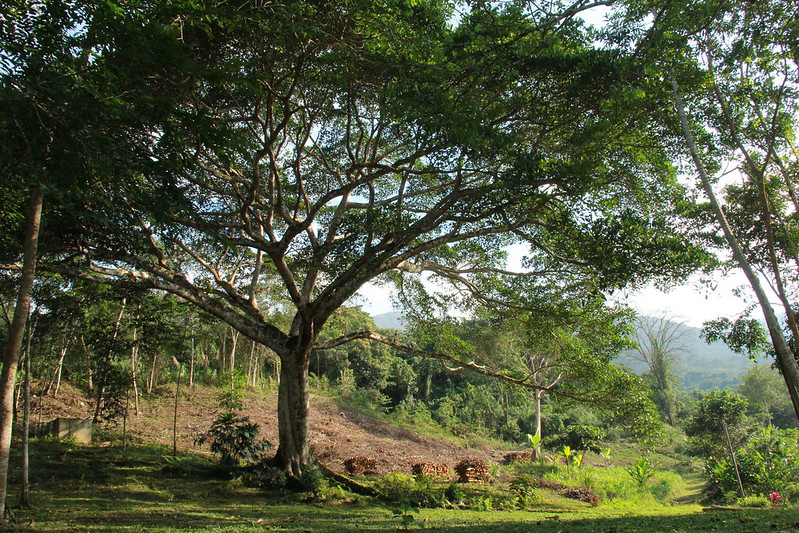

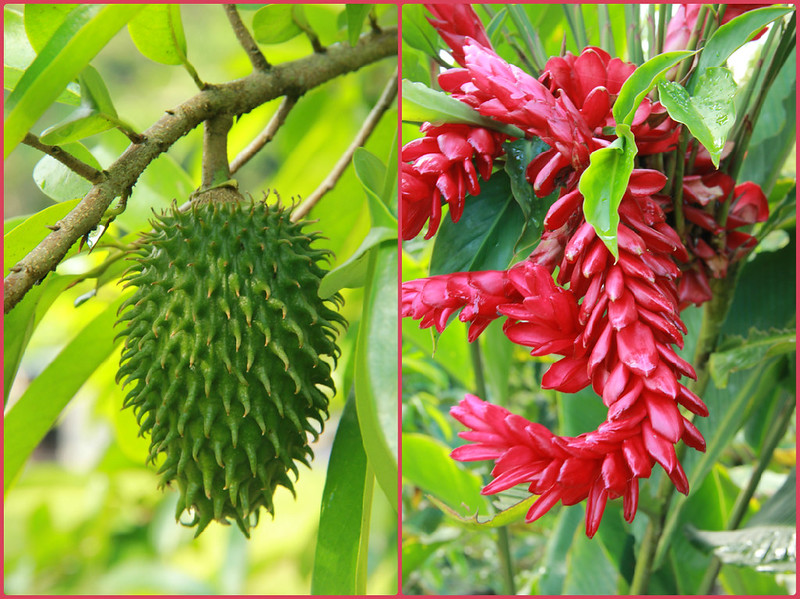
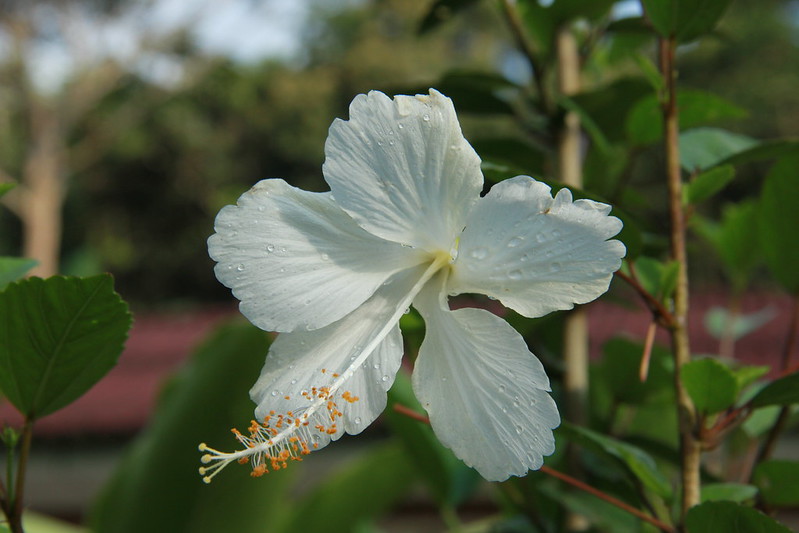




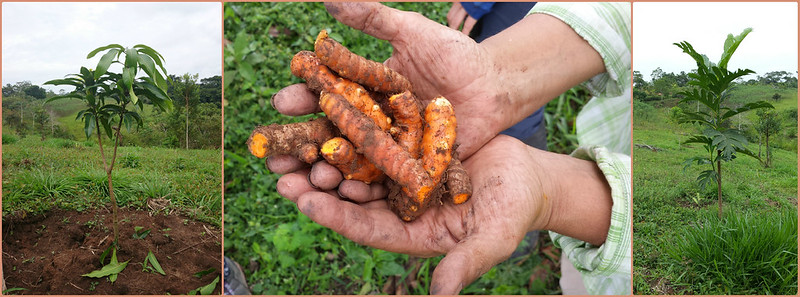



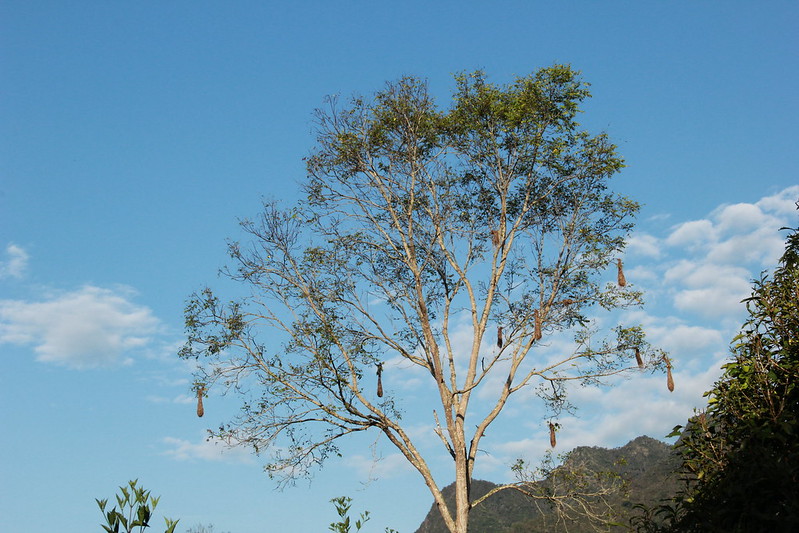





3 Comments
Wow, that sounds like an amazing experience. It’s incredible how much they welcomed you into their family and to take care of you after as well.
What an amazing and one-off experience – that’s what I love about exploring our world, the people you meet along the way.
Absolutely! Some of the most memorable experiences I’ve had whilst travelling have been thanks to the people I’ve had the fortune to meet 🙂